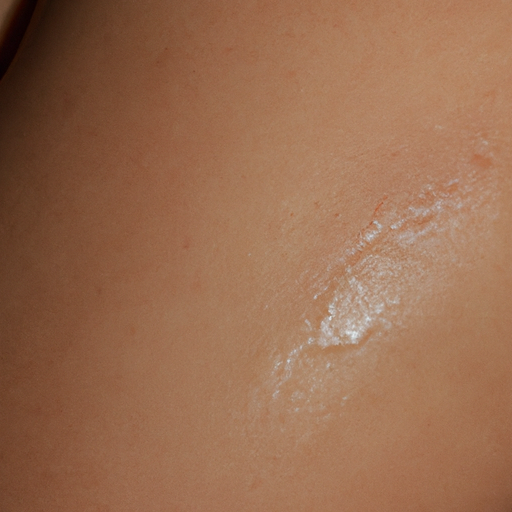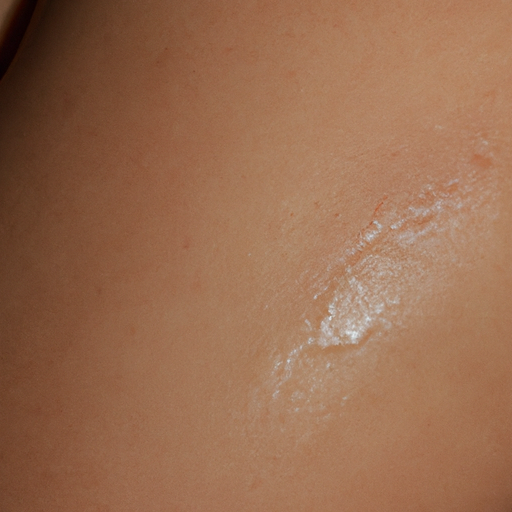As a dermatologist, I often encounter patients who struggle with oily skin. The excess oil production can lead to a shiny complexion, enlarged pores, and frequent breakouts. However, oily skin is not a curse; it just requires a different approach to skincare. With the right routine and products, you can unmask the natural radiance of your skin. Here’s my ultimate guide to taming oily skin.
Firstly, it’s essential to understand what causes oily skin. The sebaceous glands in your skin produce a natural oil called sebum. When these glands are overactive, they produce more sebum than necessary, leading to oily skin. Factors such as genetics, hormonal changes, stress, and environmental conditions can trigger this overproduction.
Now, let’s delve into the strategies for managing oily skin.
1. Cleansing: It’s crucial to cleanse your face twice daily to remove excess oil and prevent pore-clogging. However, avoid harsh cleansers that strip your skin of its natural oils. This can cause your skin to produce even more oil in response. Instead, opt for a gentle, oil-free cleanser.
2. Toning: A toner can help remove any leftover dirt or makeup after cleansing. It also helps balance the pH levels of your skin. Look for toners that are alcohol-free to avoid drying out your skin.
3. Moisturizing: Many people with oily skin skip moisturizer thinking it will make their skin oilier. However, this is a misconception. Your skin needs hydration regardless of its type. Choose a lightweight, oil-free moisturizer that won’t clog your pores.
4. Exfoliating: Regular exfoliation can help remove dead skin cells that clog pores and cause breakouts. However, over-exfoliation can irritate your skin and stimulate more oil production. Limit exfoliation to once or twice a week.
5. Sun Protection: Sun exposure can trigger oil production and cause damage to your skin. Always wear a broad-spectrum sunscreen with an SPF of at least 30. Opt for oil-free, non-comedogenic sunscreens that won’t clog your pores.
6. Makeup: If you wear makeup, choose oil-free, non-comedogenic products that won’t clog your pores. Mineral-based cosmetics can be a good option as they absorb excess oil and give your skin a matte finish.
7. Diet: A healthy diet can help regulate oil production. Limit your intake of oily, spicy, and sugary foods. Instead, eat plenty of fruits, vegetables, whole grains, and lean proteins.
8. Professional Treatments: If your oily skin persists despite your best efforts, consider seeking professional help. Dermatologists can offer treatments such as chemical peels, laser therapy, and medications to help control oil production.
Remember, everyone’s skin is unique, and what works for one person may not work for another. It may take some trial and error to find the right routine and products for your skin.
In conclusion, managing oily skin is all about balance. Over-cleansing or using harsh products can exacerbate oiliness, while neglecting hydration can lead to dryness and irritation. With the right care, you can tame your oily skin and reveal its natural radiance. As a dermatologist, I assure you that oily skin is not a life sentence but a condition that can be managed with the right skincare regimen and lifestyle adjustments.




